Snow Fungus
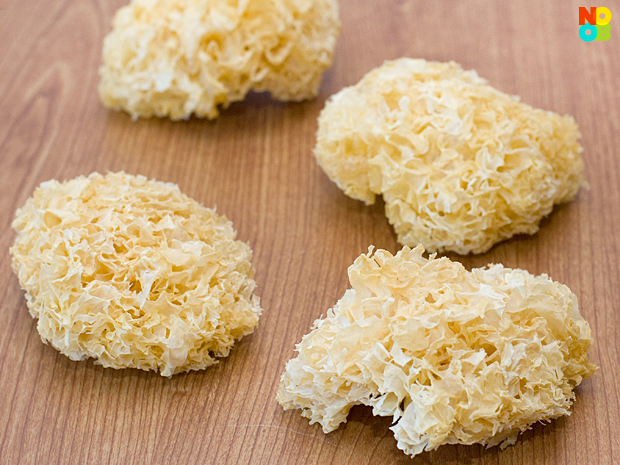
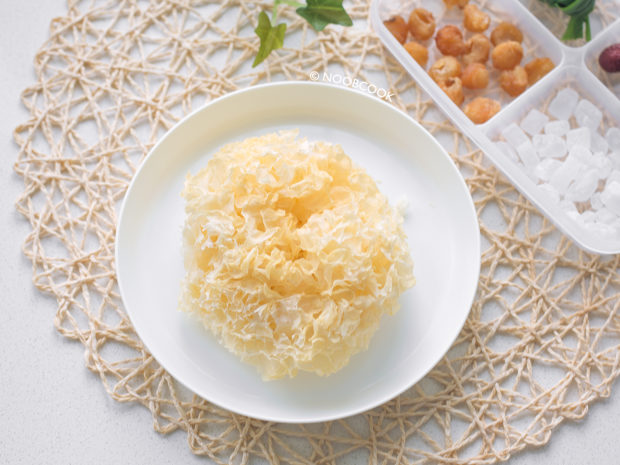
Snow fungus (雪耳/银耳) is a species of mushrooms categorized by its lacy, clusters-like and “snowball” appearance, which may explain how the name is derived. It is usually available for purchase in the dried form, which is pale yellow in colour. The dry fungus needs to be reconstituted in water before cooking. When soaked in water, the fungus expands, turns white and also takes on a wobbly and gelatin-like texture. When cooked, it retains a slight crunch (unless stewed for a longer time) despite its slippery and jelly-like texture.
Common Uses
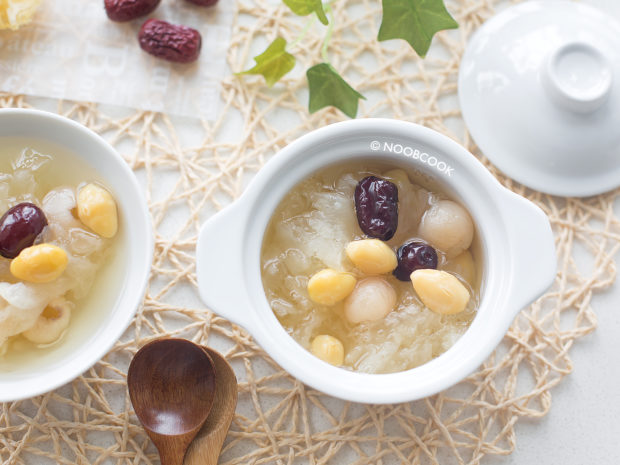
They are often used in Chinese cooking for making desserts, and a bowl of snow fungus dessert soup has sometimes been likened to the poor man’s bird nest’s (while it used to be expensive and rare in the wild, it is now very affordable after being farmed commercially). Chinese Singaporeans sometimes cook a bowl of snow fungus with red dates dessert sweet soup during auspicious occasions (such as weddings) and celebrations (Chinese New Year) presumably because its sweetness symbolises sweet blessings (甜甜蜜蜜). Besides desserts, they are also used in savoury dishes.
How to Prepare
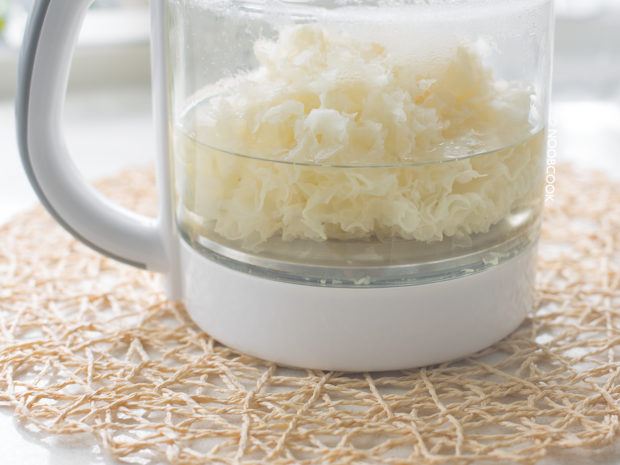
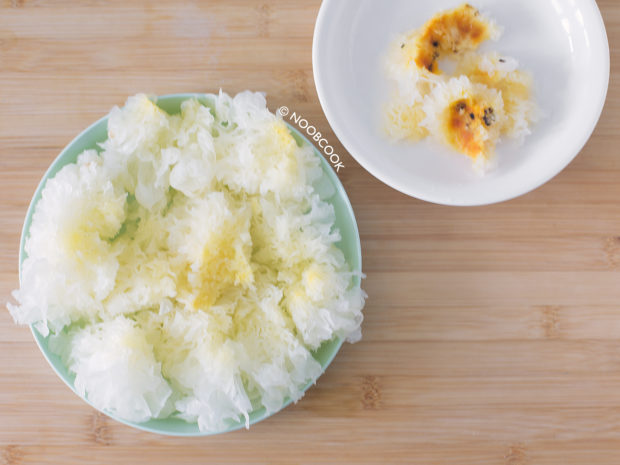
Soak white fungus in a bowl of hot water (covered) for about half an hour, then carefully discard water. The white fungus should be puffed up and turn a whiter shade. Using a pair of kitchen scissors, trim and discard the dark yellow hard part on the centre underside of the fungus. Cut the rest of the fungus to smaller pieces.
Names
1) Scientific Name: Tremella fuciformis
2) Chinese (both simplified and traditional): 雪耳 (literally “snow ear”)
Mandarin Pinyin: xuě ěr
3) Chinese (Simplified: 银耳; Traditional: 銀耳; literally “silver ear”)
Mandarin Pinyin: yín ěr
4) Chinese (both simplified and traditional): 白木耳 (literally “white wood ear”)
Mandarin Pinyin: bái mù ěr
5) Japanese: shiro kikurage (シロキクラゲ, literally “white tree jellyfish”)
Health Benefits & Properties
White fungus is highly nutritious and has long been regarded as a very healthy ingredient. It has health benefits such as improving blood circulation, and strengthening respiratory system. It is also said to have cancer fighting and anti-aging properties.
Selection
Look out for good quality white fungus recognizable by its whole fungus shape – better ones are cleaner and more fragrant.
Storage
Store dried fungus (sealed, in an air-tight vessel) in a cool, dry place (such as fridge or freezer section).
Recipes
Check out recipes with snow fungus as a key ingredient.
Where to Purchase it in Singapore
Dried goods section of supermarkets, and at Chinese medical halls.
References & Further Reading
Updated in May 2020 with more photos.
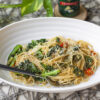
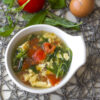

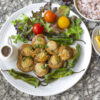
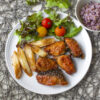
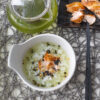






Very interesting post… I have seen them once in the shop but I did not know how to use them so I did not get them. Than you for sharing this info.
Is that the “cauliflower mushroom”??? We collect sometimes in the woods…..
why the white fungus that i cook always cant soft? :(
Can I put snow fungus in my shakes? Or do they have to ne boiled first? Is soaking them in watet enough? Or do the have to be boiled for res ultd
I’m sorry I have not put snow fungus in shakes before.
Can snow fungus be eaten after it turned brown?
It may not be as fresh, though it’s really up to you.